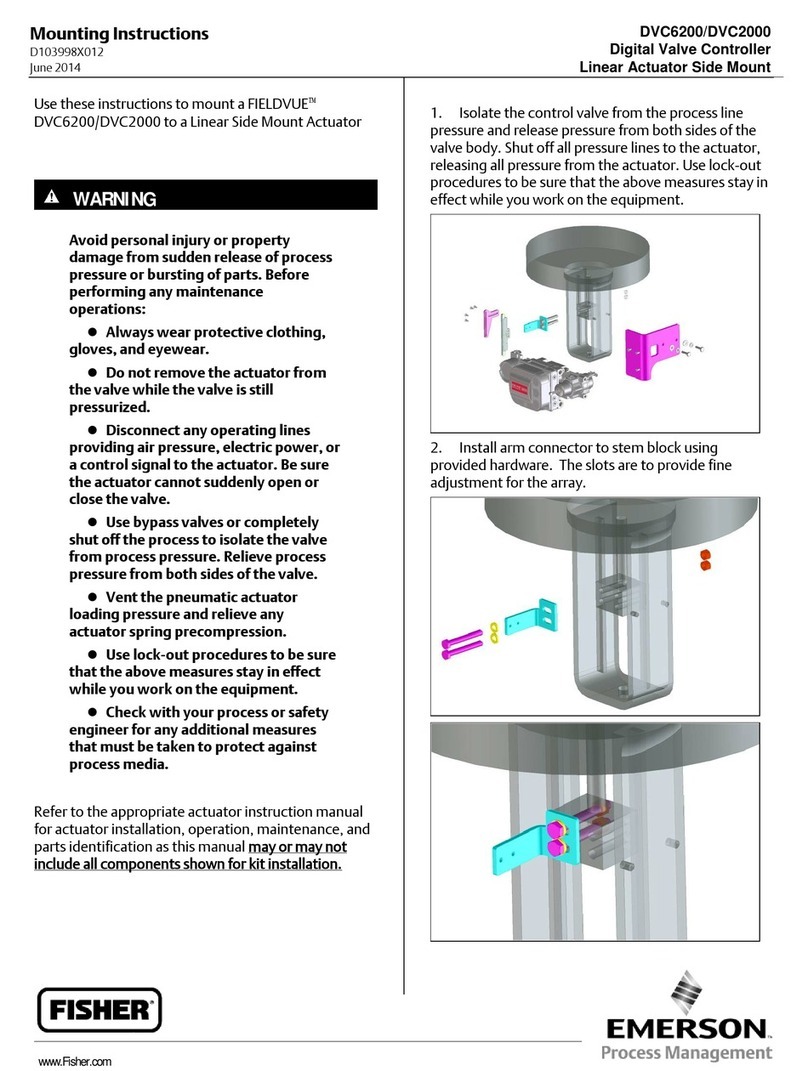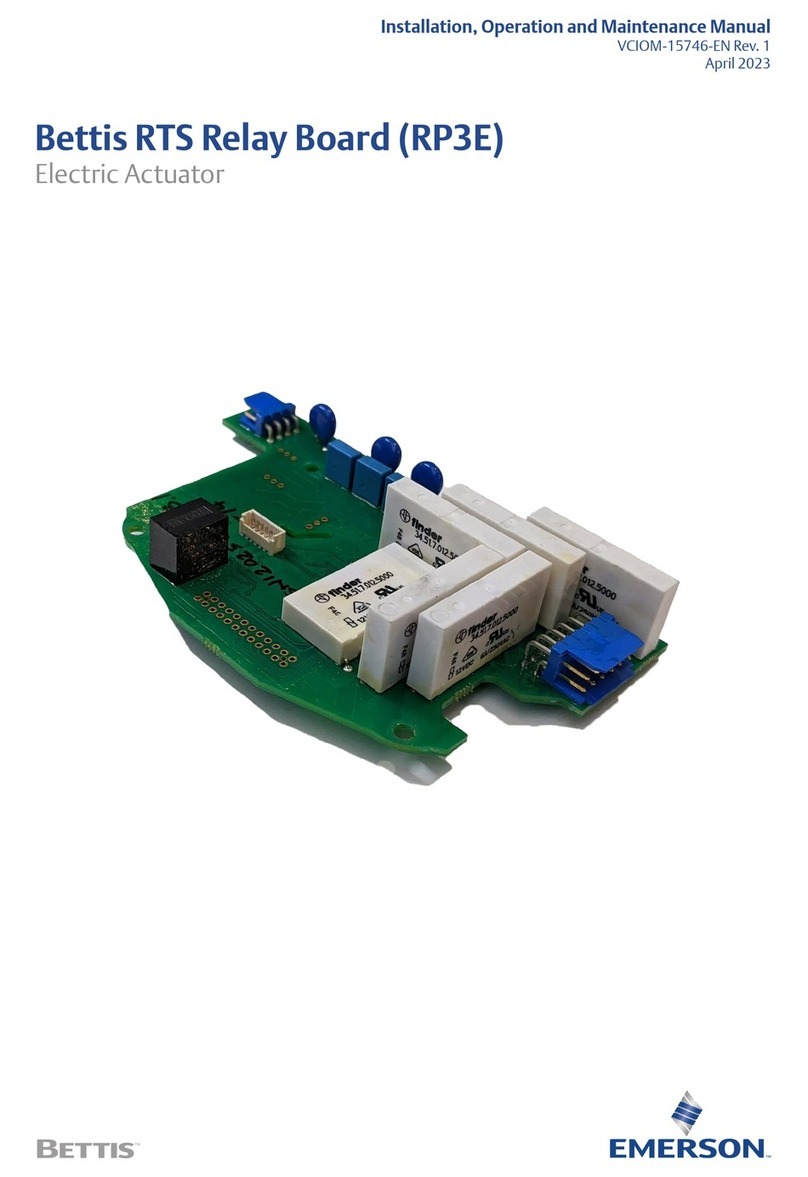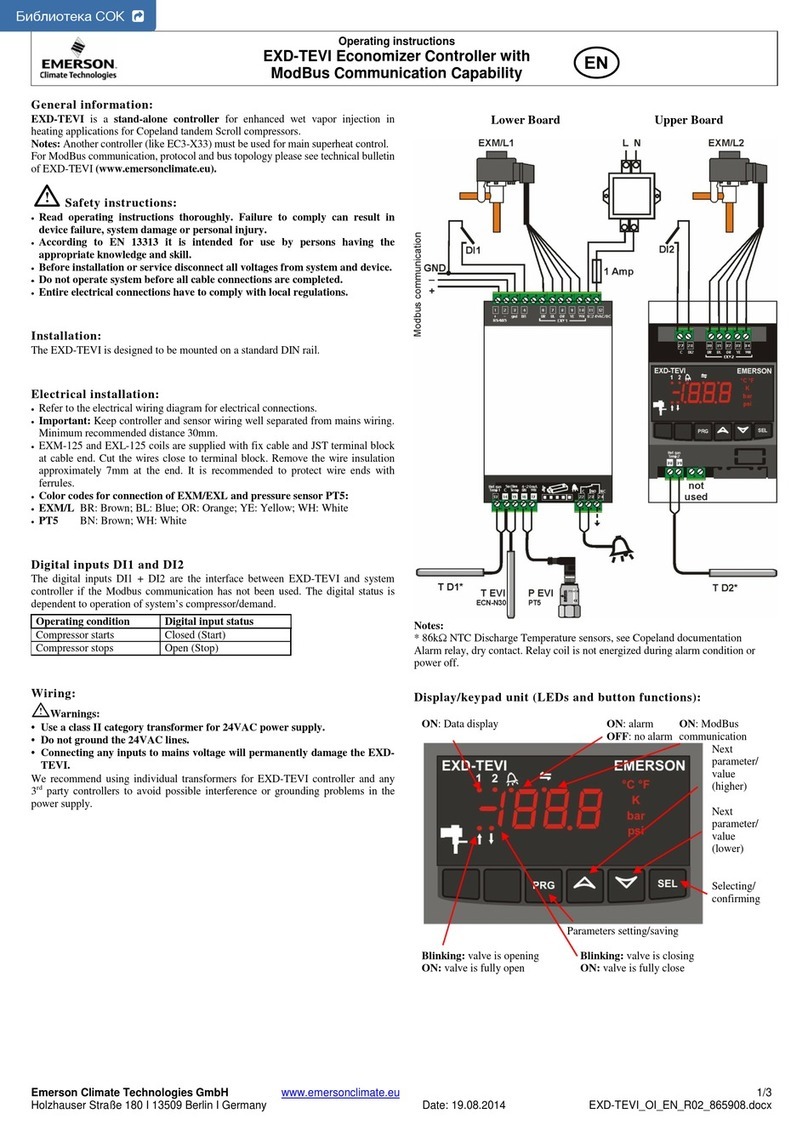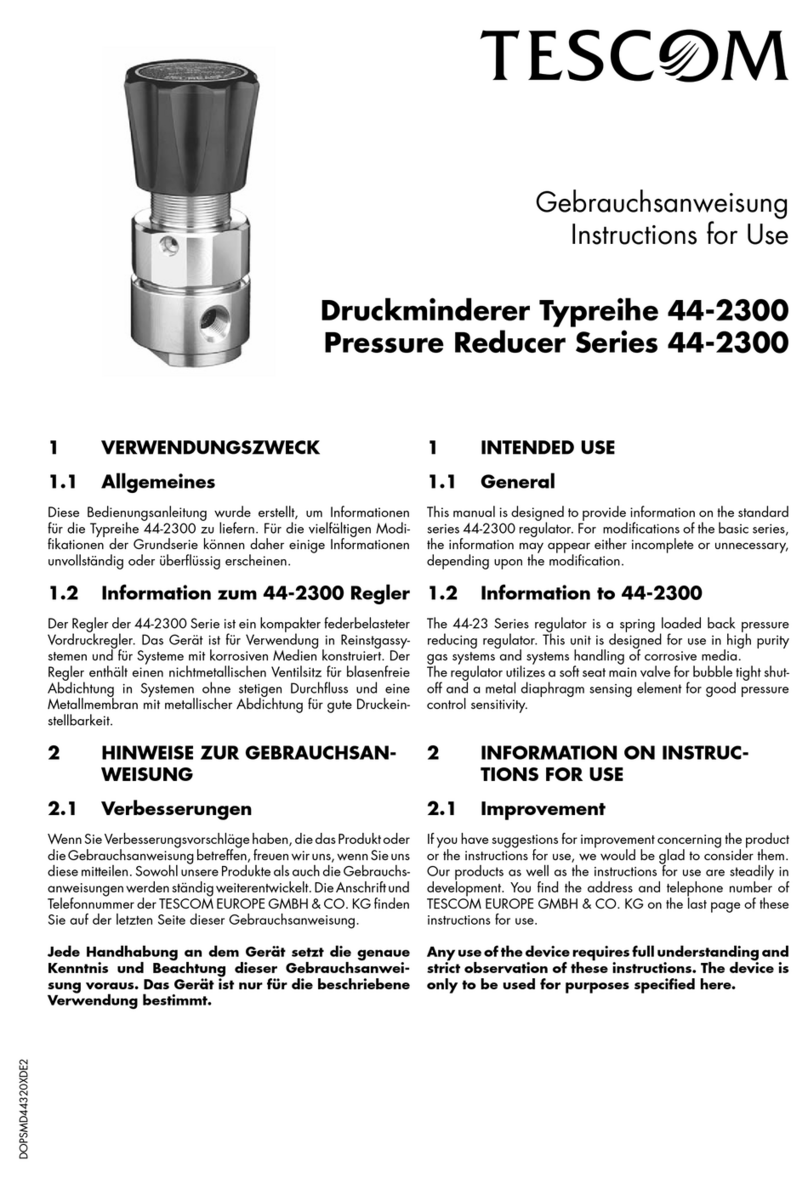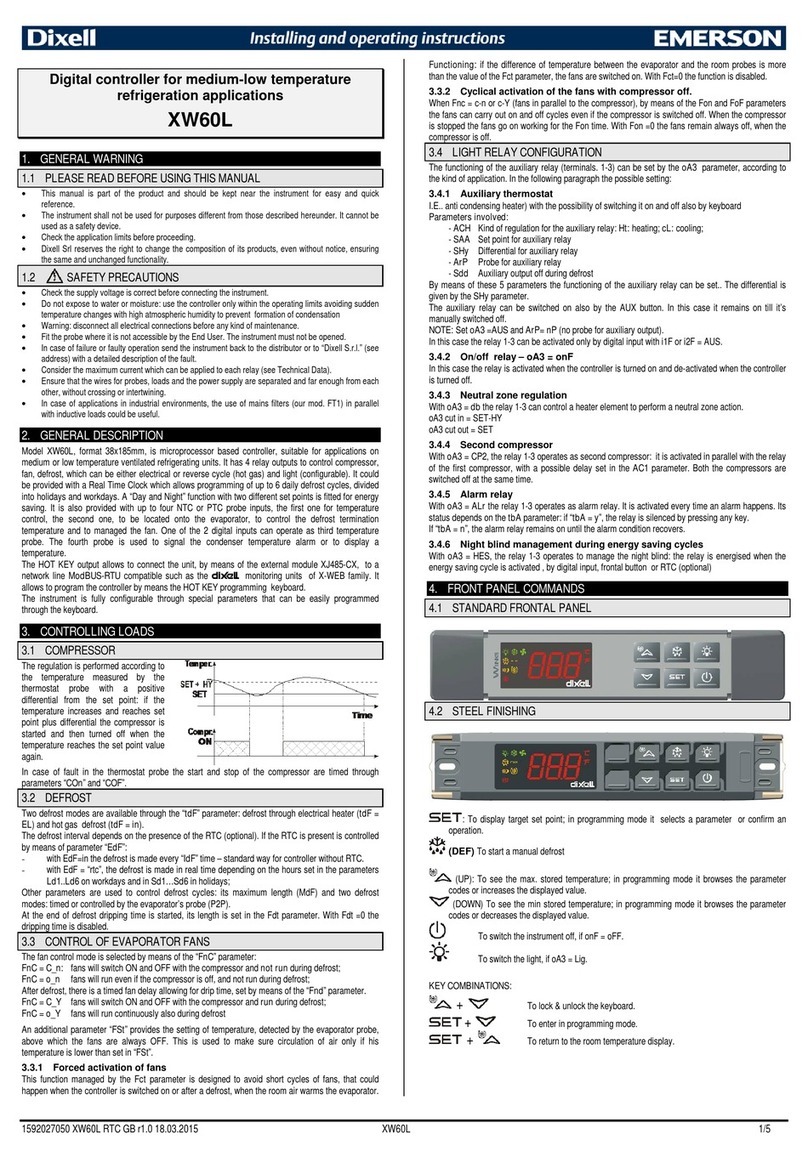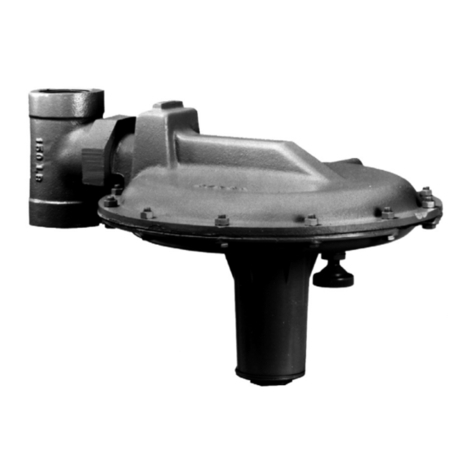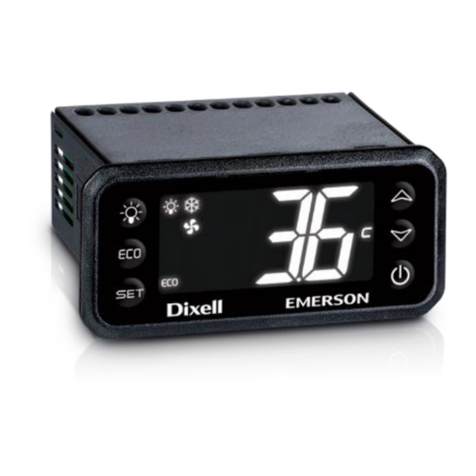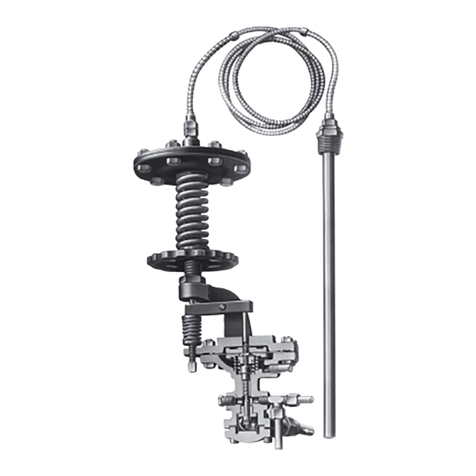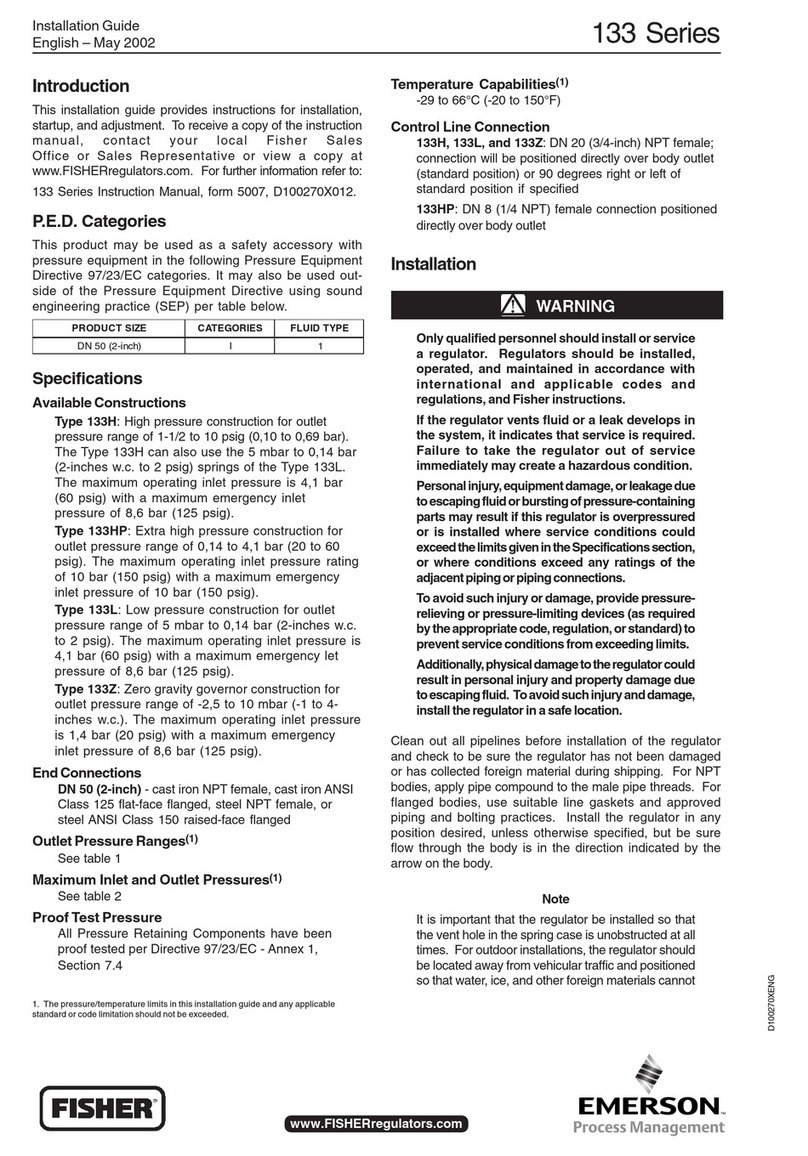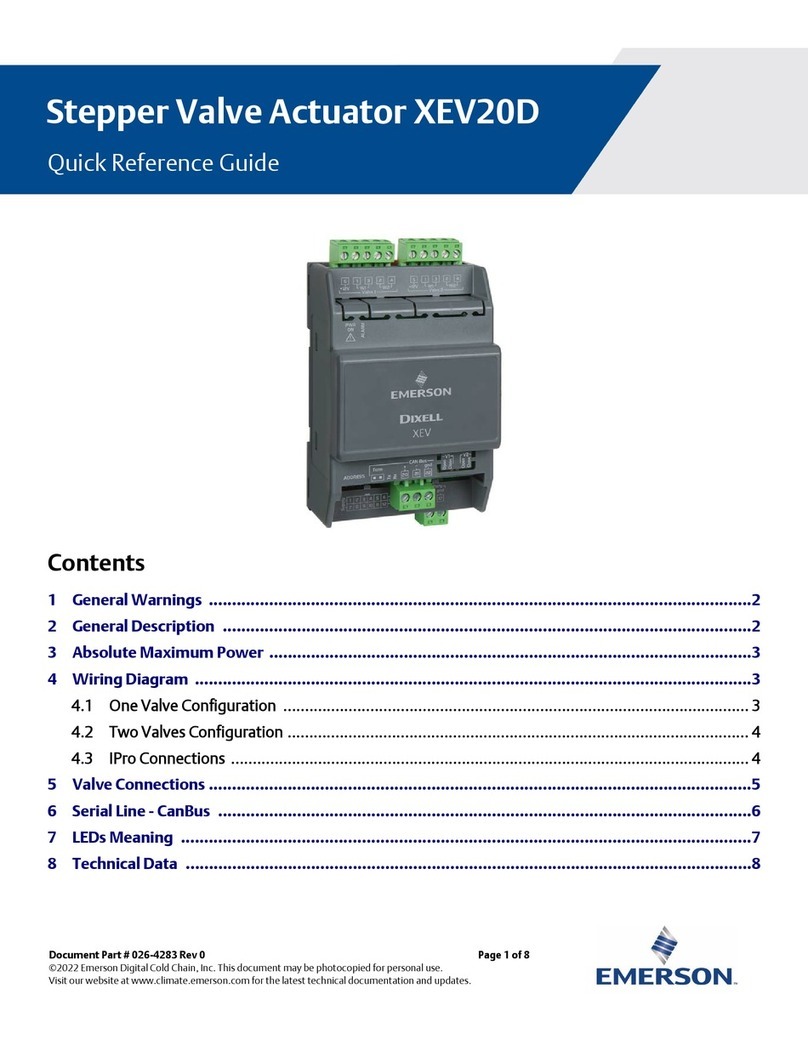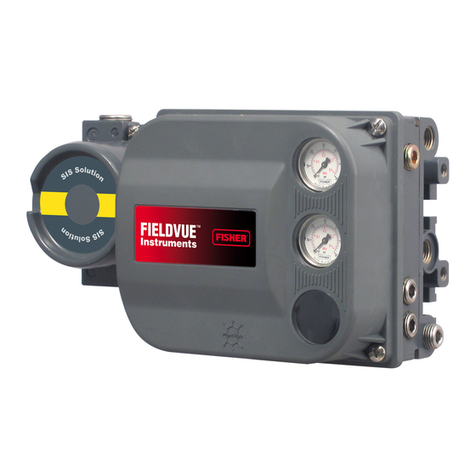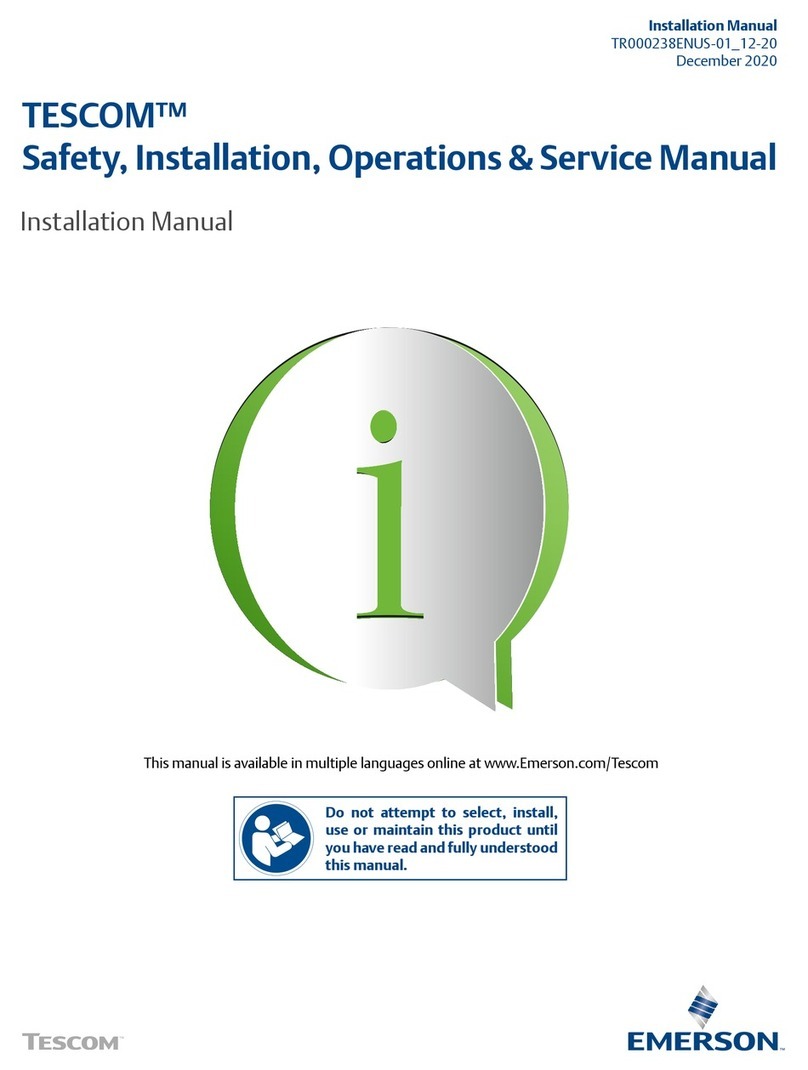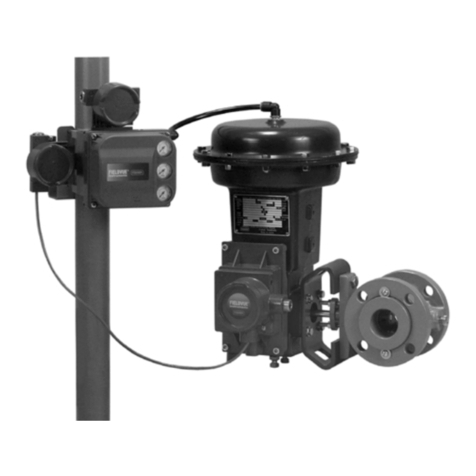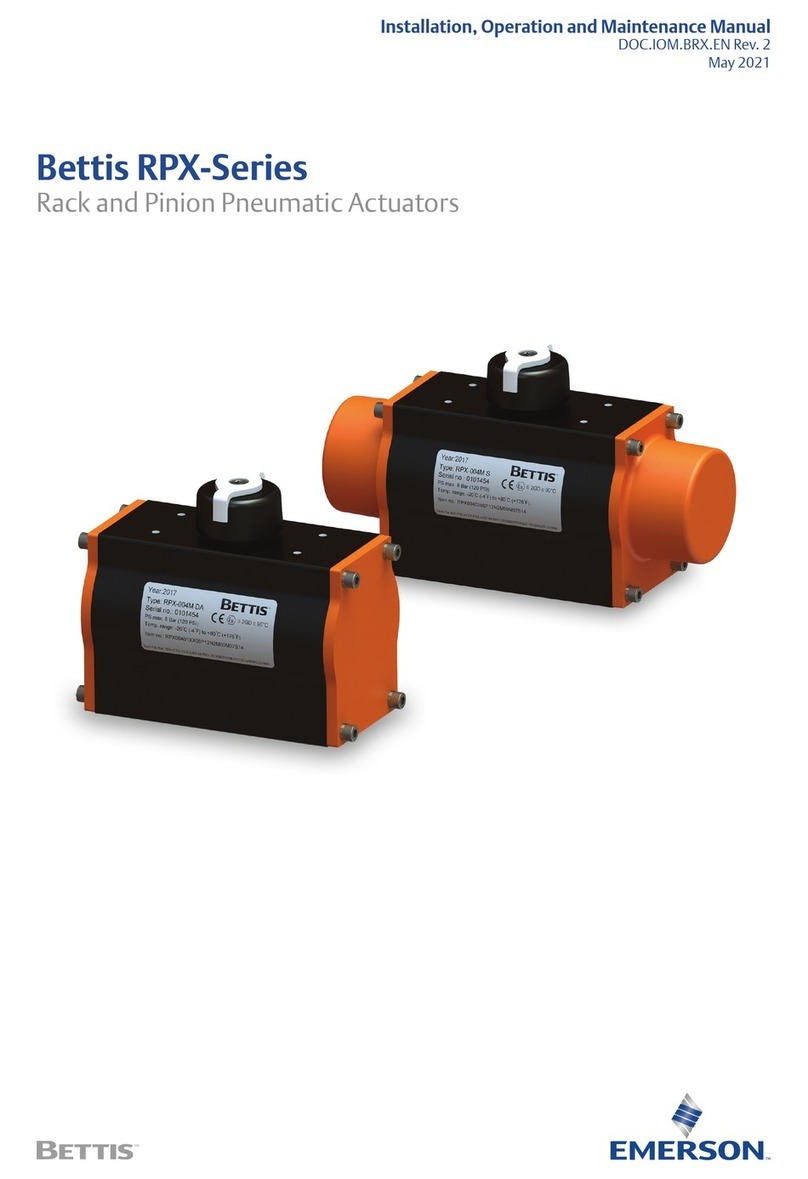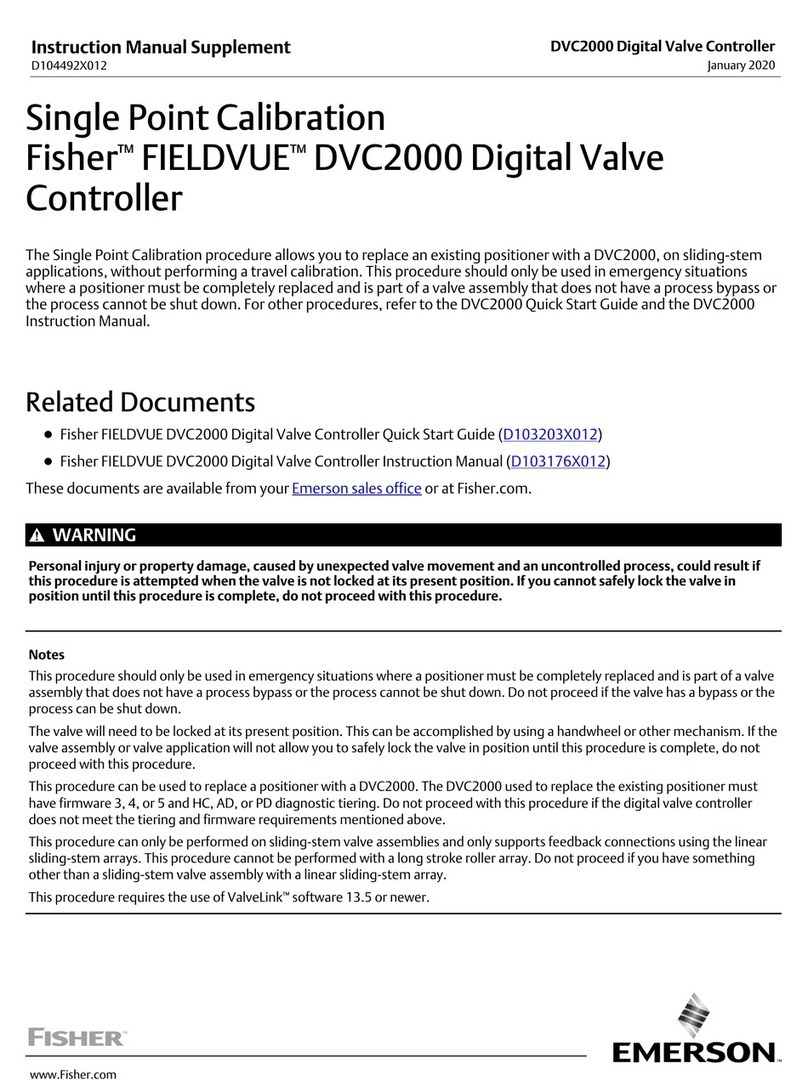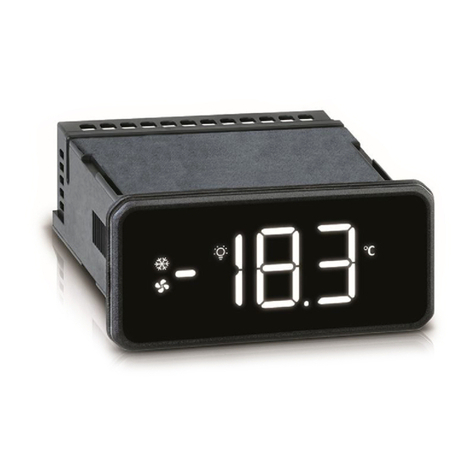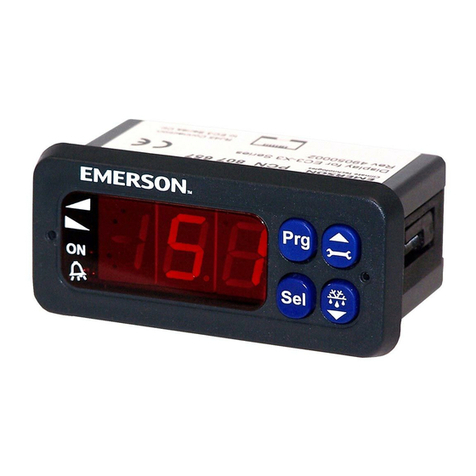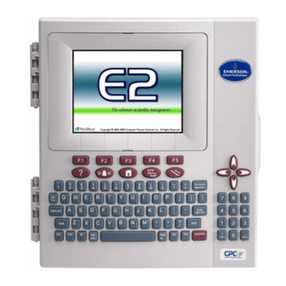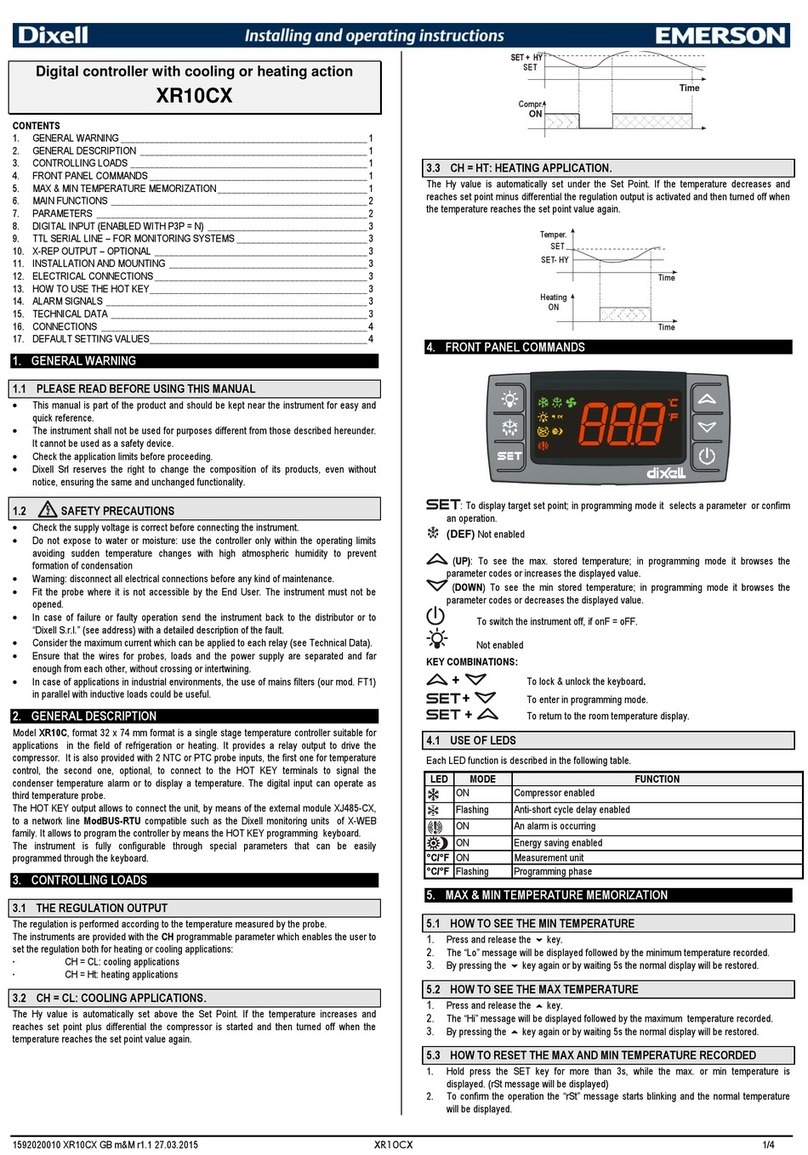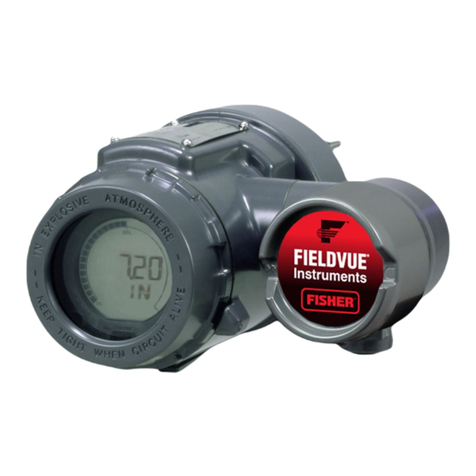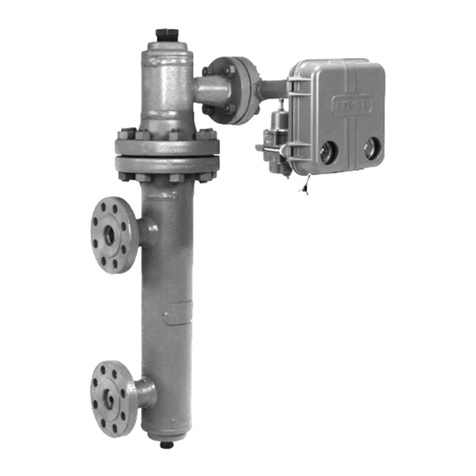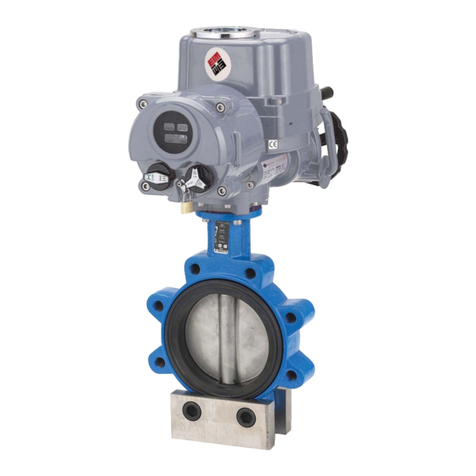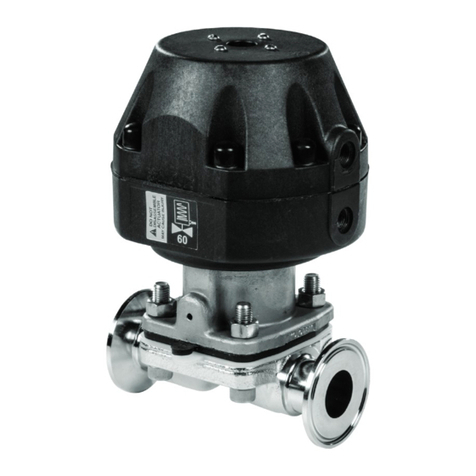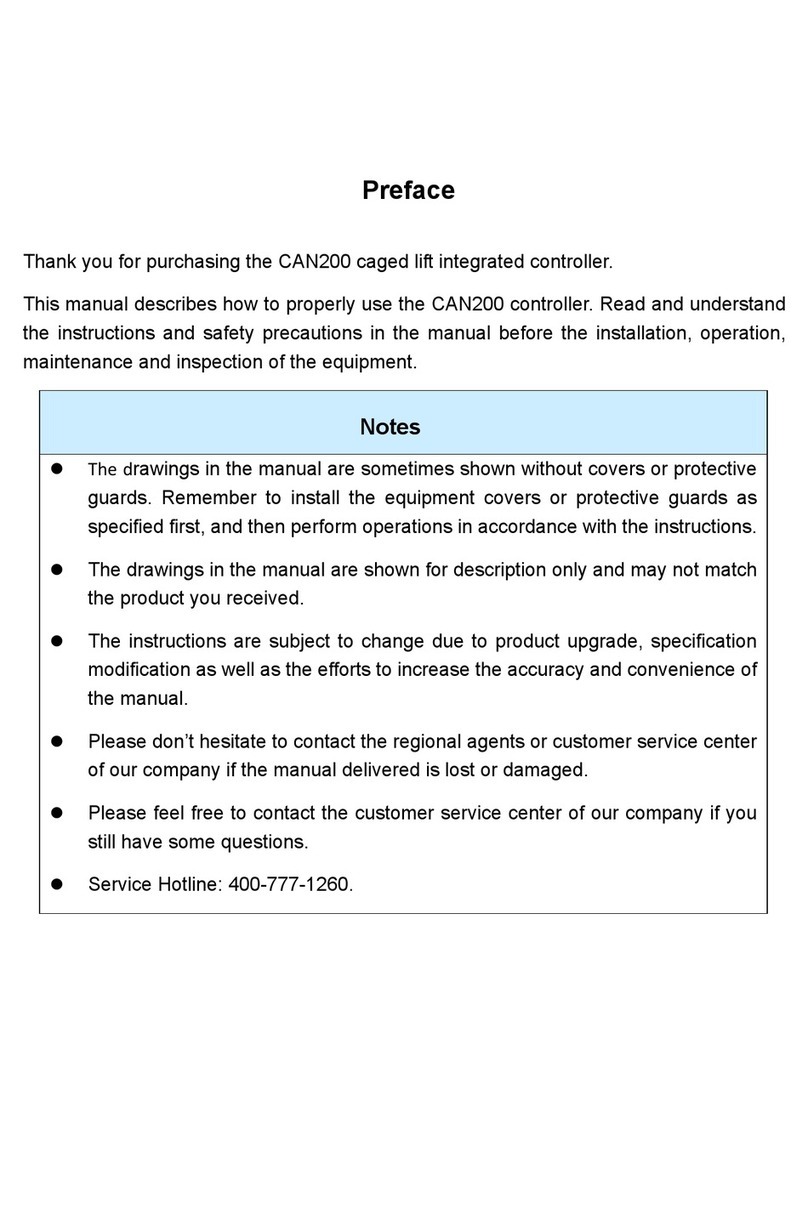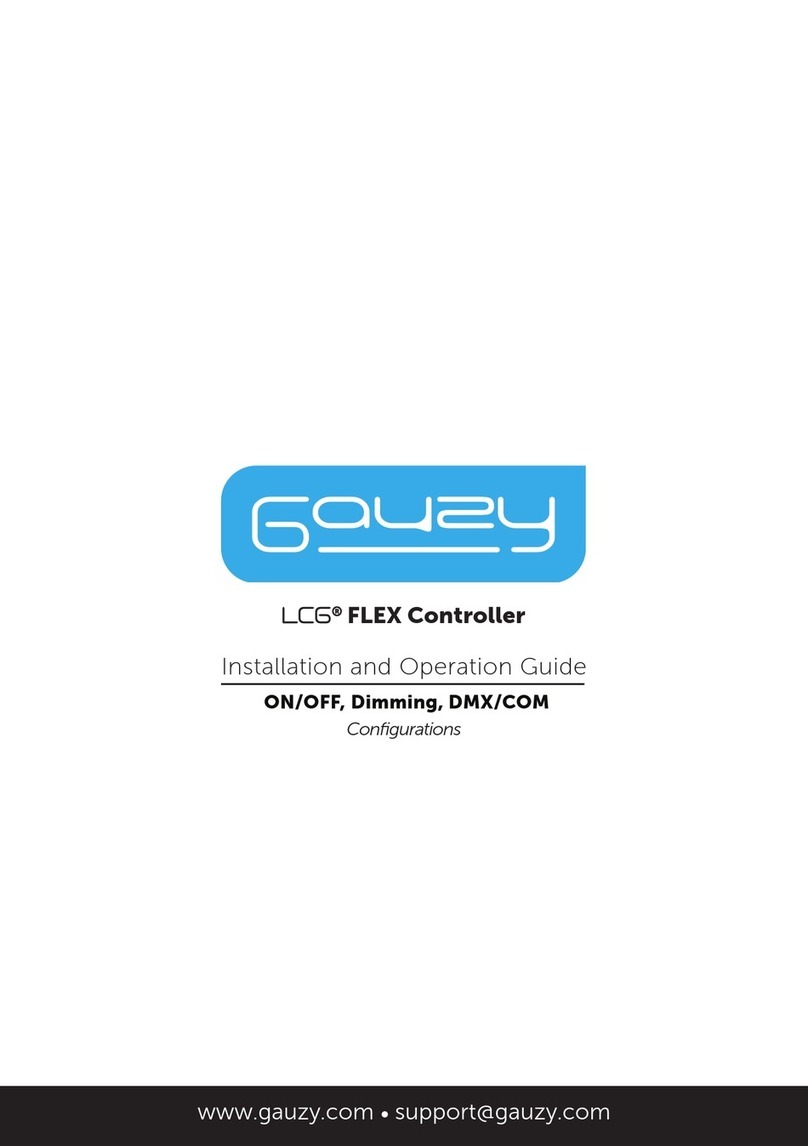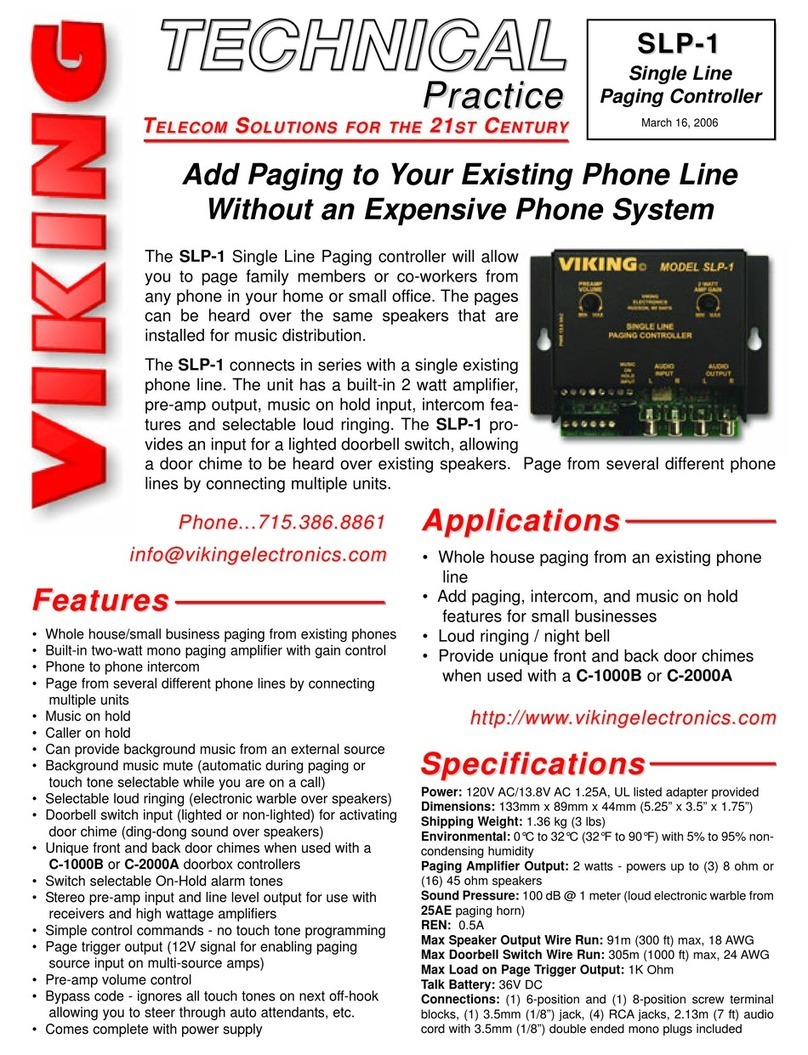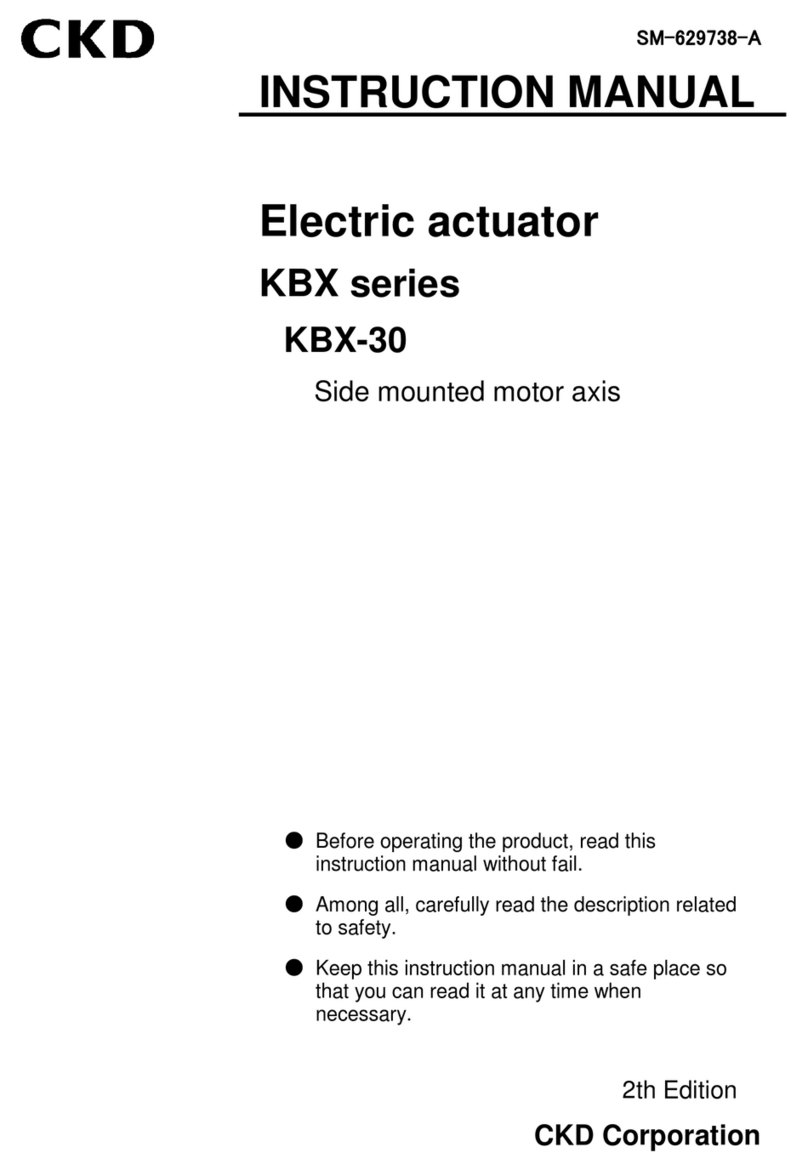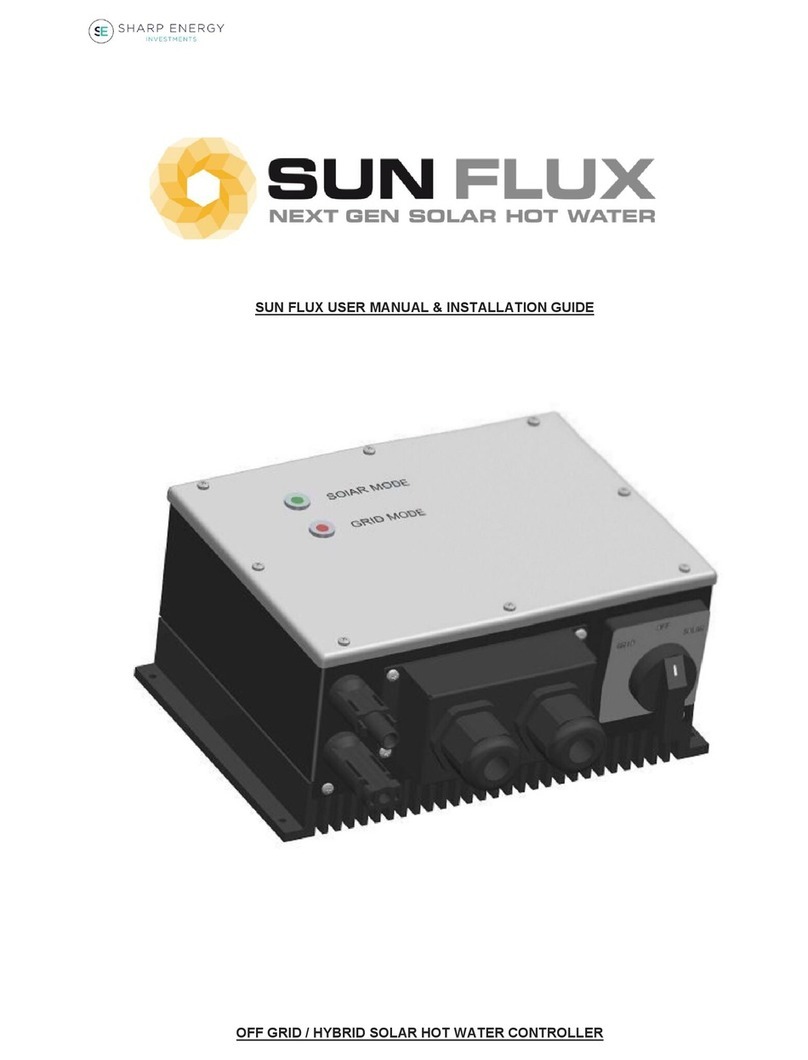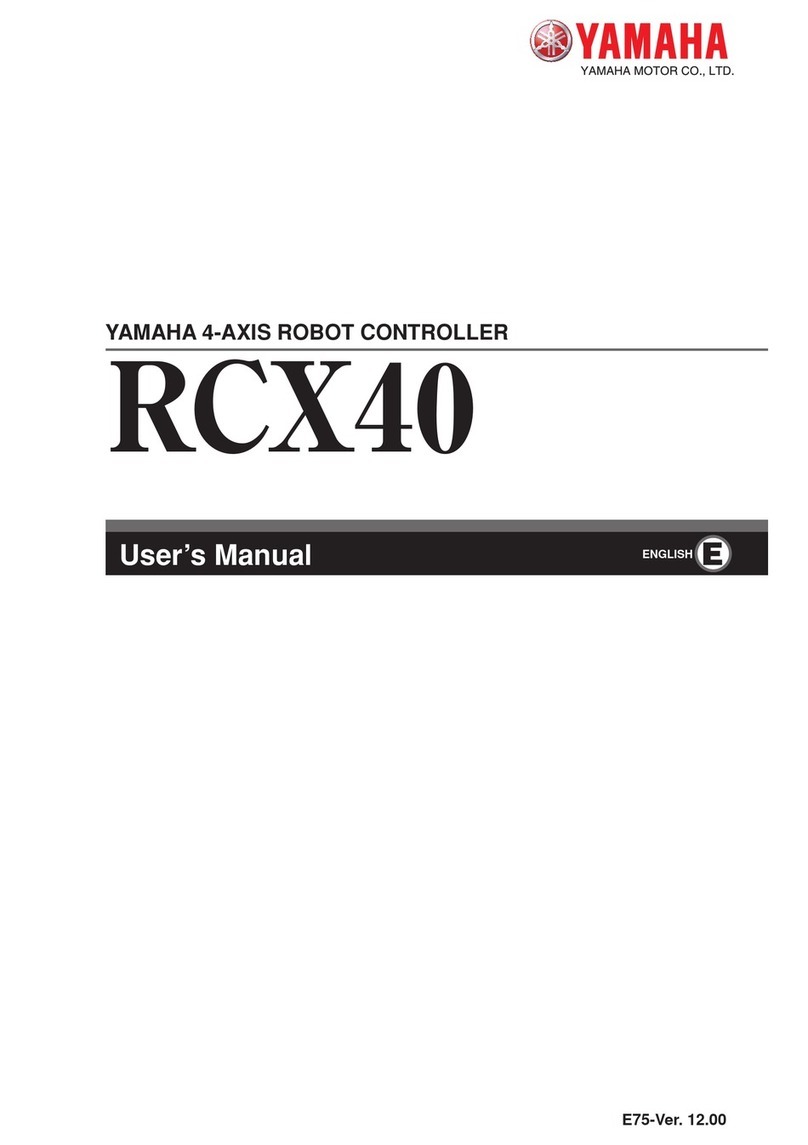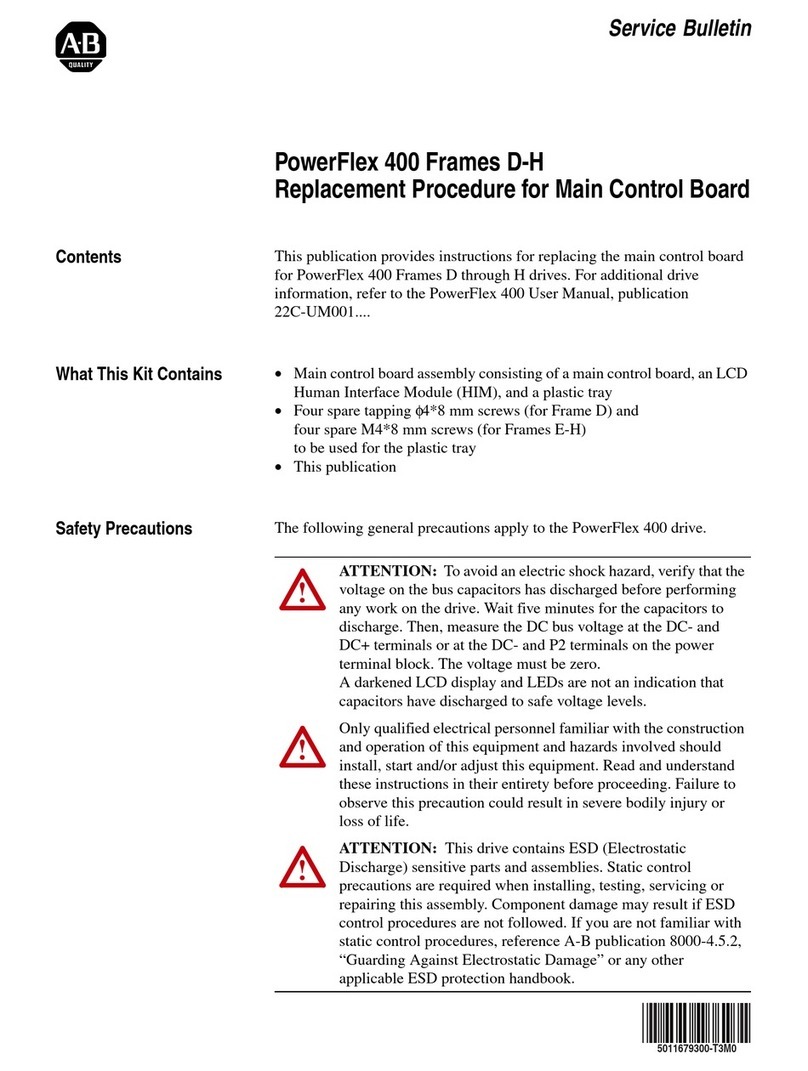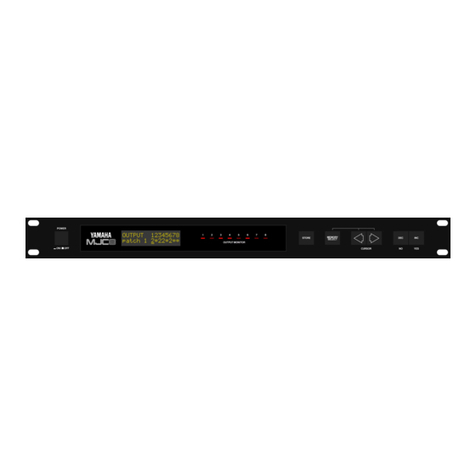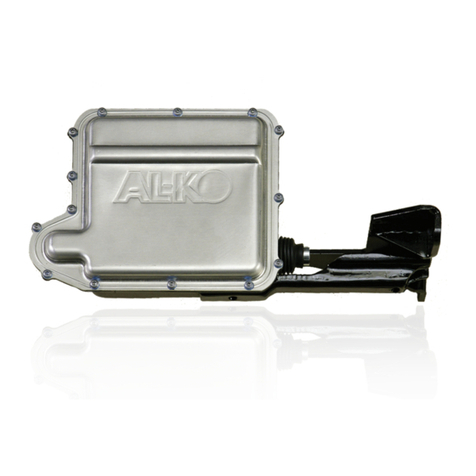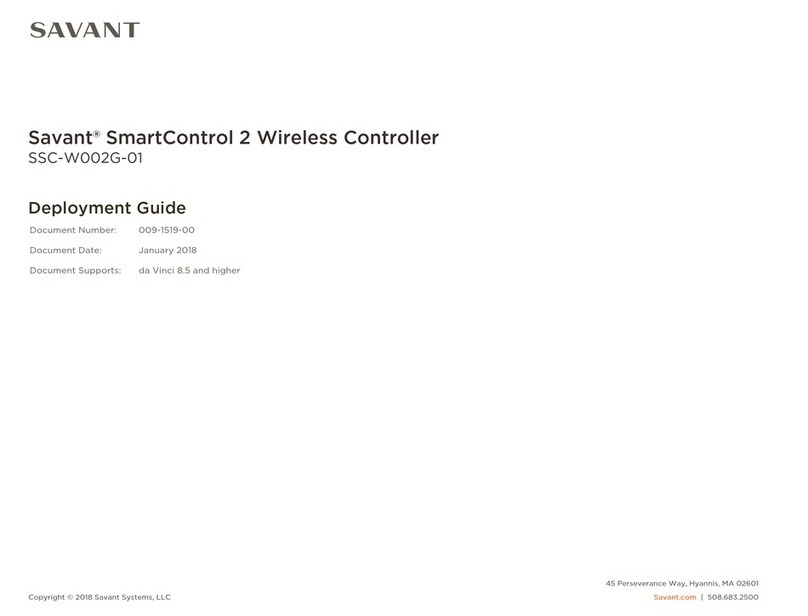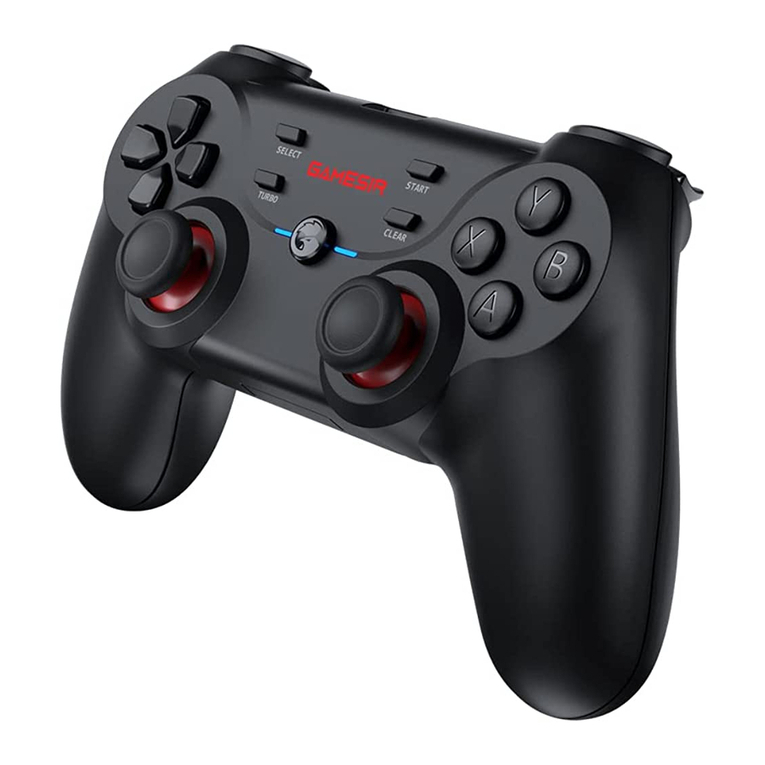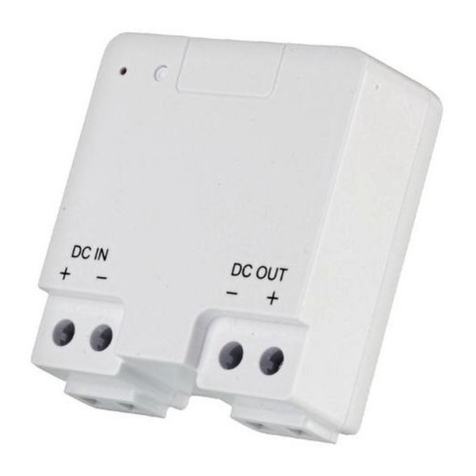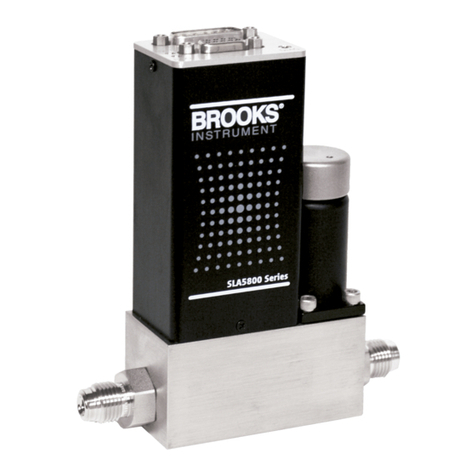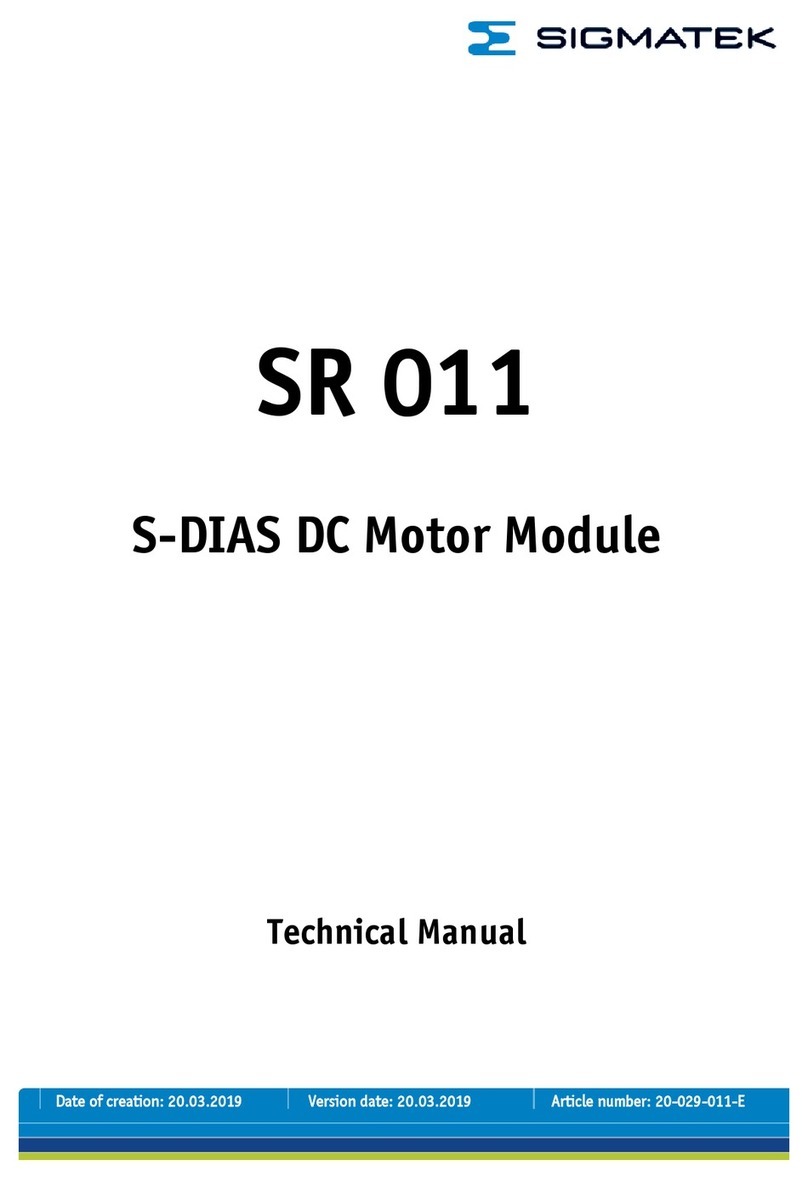
Bulletin 71.1:67C
5
Principle of Operation (figure 2)
Downstream pressure is registered internally on the
lower side of the diaphragm. When the downstream
pressure is at or above the set pressure, the valve plug
is held against the orifice and there is no flow through
the regulator. When demand increases, downstream
pressure drops slightly allowing the spring to extend,
moving the stem down and the valve plug away from
the orifice. This allows flow through the regulator.
Internal Relief (Types 67CR, 67CSR,
67CFR, and 67CFSR)
If for some reason, outside of normal operating
conditions, the downstream pressure exceeds the set
point of the regulator, the force created by the
downstream pressure will lift the diaphragm until the
diaphragm is lifted off the relief seat. This allows flow
through the token relief. The relief valve on the
Type 67CR, 67CSR, 67CFR, or 67CFSR is an elastomer
plug that prevents leakage of air from the downstream
to atmosphere during normal operation, thereby
conserving plant air.
Smart Bleed™ Airset
In some cases, it is desired to exhaust downstream
pressure if inlet pressure is lost or drops below the
setpoint of the regulator. For example, if the regulator is
installed on equipment that at times has no flow
demand but is expected to backflow on loss of inlet
pressure. The Type 67CFR can be ordered with the
Smart Bleed™ option which includes an internal check
valve for this application. During operation, if inlet
pressure is lost, or decreases below the setpoint of the
regulator, the downstream pressure will back flow
upstream through the regulator and check valve. This
option eliminates the need for a fixed bleed downstream
of the regulator, thereby conserving plant air.
Overpressure Protection
The 67C Series regulators have maximum outlet
pressure ratings that are lower than their maximum
inlet pressure ratings. A pressure relieving or pressure
limiting device is needed if inlet pressure can exceed
the maximum outlet pressure rating. Refer to the
Capacity Information section and the Wide-Open
Coefficients for Relief Valve Sizing in the Specifica-
tions on page 3 to determine the required relief valve
capacity.
Type 67CR, 67CSR, 67CFR, and 67CFSR regulators
have a low capacity internal relief valve for minor seat
leakage only. Other overpressure protection must be
provided if the maximum inlet pressure can exceed the
maximum pressure rating of the downstream equipment
or exceeds maximum outlet pressure rating of the
Type 67CR, 67CSR, 67CFR, or 67CFSR regulator.
Capacity Information
Table 3 shows the air regulating capacities of the
67C Series regulators at selected inlet pressures and
outlet pressure settings. Flows are shown in scfh
(at 60°F and 14.7 psia) and in m³/h(n) (at 0°C and
1,01325 bar) of air.
Note
The 67C Series regulators may be sized
for 100% flow using capacities as shown
in table 3. It is not necessary to reduce
published capacities.
To determine the equivalent capacities for other gases,
multiply the table capacity by the following appropriate
conversion factor: 1.29 for 0.6 specific gravity natural
gas, 0.810 for propane, 0.707 for butane, or 1.018 for
nitrogen. For gases of other specific gravities, divide
the table capacities by the square root of the appropri-
ate specific gravity. To find wide-open flow capacities
for relief sizing at any inlet pressure, perform one of
the following procedures. Then, if necessary, convert
using the factors provided above.
For critical pressure drops (absolute outlet pressure
equal to or less than one-half of absolute inlet pres-
sure), use the following formula:
Q = (P1)(Cg)
For pressure drops lower than critical (absolute
outlet pressure greater than one-half of absolute inlet
pressure), use the following formula:
Q 520
GT CPSIN
g1=
⎛
⎝
⎜
⎜
⎞
⎠
⎟
⎟
3417
11C
P
PDEG
∆
where,
Q = gas flow rate, scfh
P1= absolute inlet pressure, psia (P1gauge + 14.7)
Cg= gas sizing coefficient
G = specific gravity of the gas
T = absolute temperature of gas at inlet, °Rankine
C1= flow coefficient (Cg÷ Cv)
∆P = pressure drop across the regulator, psi
Then, if capacity is desired in normal cubic meters per
hour (at 0°C and 1,01325 bar), multiply scfh by 0.0268.
